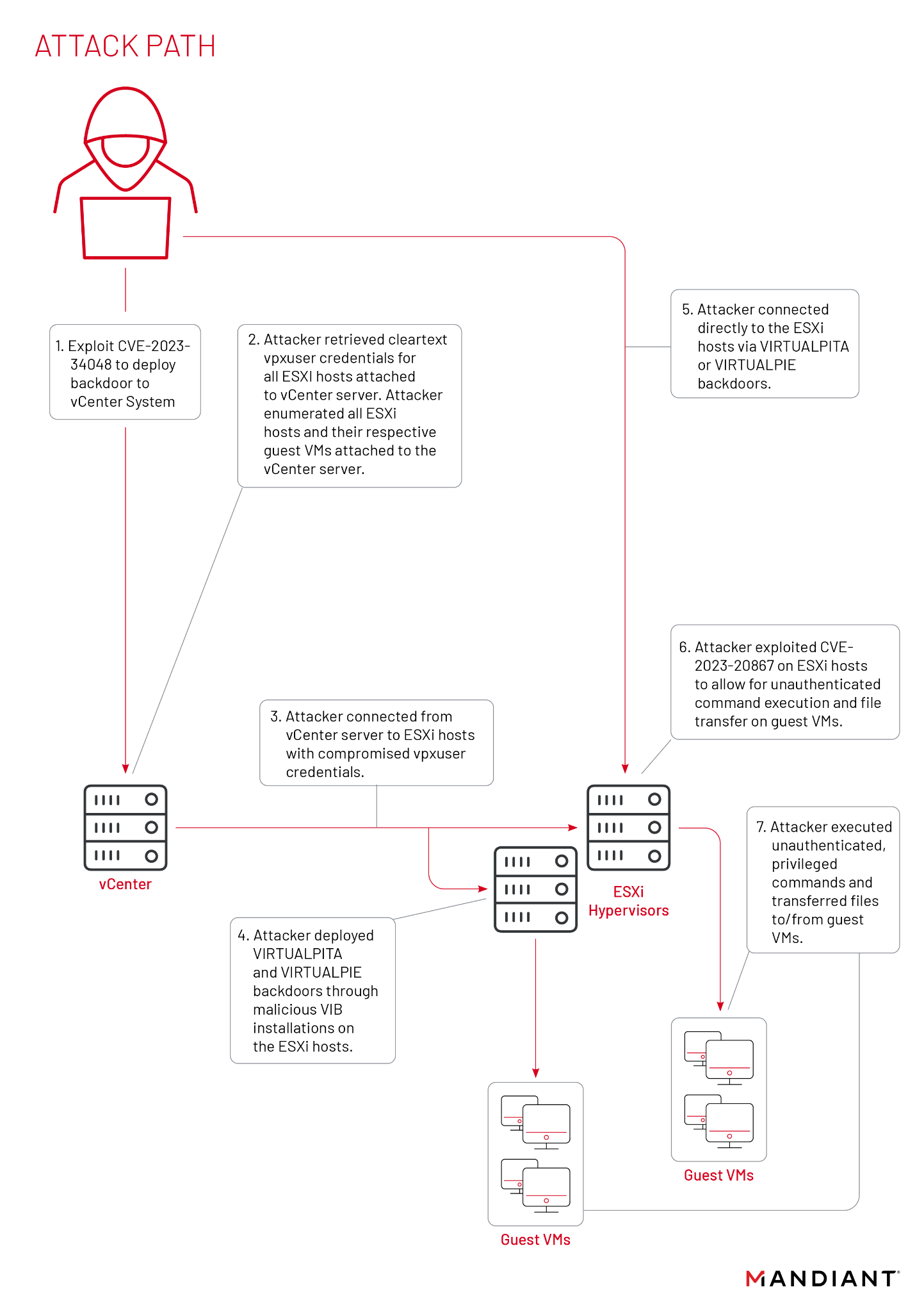VMware: VMotion CPU Compatibility Requirements for Intel Processors (1991)
Why am I unable to migrate virtual machines with VMotion across Intel processors?
If the source and target CPUs are incompatible for VMotion, you can:
- Perform a cold migration (rather than a VMotion migration), thereby removing VMotion CPU requirements as an issue.
-
Remove VMotion compatibility constraints by modifying the default bit-mask used by VirtualCenter or vCenter Server. Note that some modifications discussed in this knowledge base article are neither supported nor recommended by VMware for production environments. In general, masking any CPU features intended for applications (such as SSE3) is not supported for VMotion. Use of EVC is recommended for migrating virtual machines across CPU generations.
- To obtain more information about a host system’s CPU, you can use the CPU Identification Utility. VMware provides this as an ISO image file that can be uncompressed and used to create a bootable CD-ROM that provides CPU information about a host, even before an operating system or ESX is installed. The latest version of this tool can be found on the VMware downloads page at http://vmware.com/download/shared_utilities.html.
VMotion Compatibility Groups for Intel Processors
To guarantee successful migrations with VMotion, VMware has defined several compatibility groups based on processor family (Pentium 4, Core) and features introduced within those families.
Intel Pentium 4 CPUs
| VMotion CPU Compatibility Group | CPU Details
|
ESX Server 3.x and ESX 4.x
|
ESX Server 2.x |
|
Group A
|
Without SSE3, without XD (eXecute Disable).
Models include:
|
For A <-> B VMotion, apply SSE3 mask (not supported).
|
For A <-> B VMotion, apply SSE3 mask (not supported).
|
|
Group B
(Group B and C are the same for VC 1.x)
|
With SSE3, without XD.
Models include:
P4s from Model 3, Stepping 1 to Model 4, Stepping 1. |
||
|
For B <-> C VMotion, apply NX mask (supported).
|
|||
|
Group C
(Group B and C are the same for VC 1.x)
|
With SSE3 and XD.
Models include:
P4s after Model 4, Stepping 1 onward and Xeon and Xeon MP with 64-bit (EM64T) enabled. |
Intel Core CPUs
|
VMotion CPU Compatibility Group
|
CPU Details
|
ESX 4.x, ESX Server 3.x, and ESX Server 2.x
|
|
Group A
|
Without SSSE3, SSE4.1, or SSE4.2.
Models include:
Dual-core Xeon LV based on Intel Core microarchitecture.
For example, Sossaman.
|
For A<->B VMotion, apply SSSE3 mask (not supported).
|
|
Group B
|
With SSSE3. Without SSE4.1 or SSE 4.2.
Models include:
Intel Xeon CPUs based on the Intel Core microarchitecture. For example, Intel Xeon 30xx, 32xx, 51xx, 53xx, 72xx, or 73xx.
|
|
|
For B<->C VMotion, apply SSE4.1 mask (not supported).
|
||
|
Group C
|
With SSSE 3 and SSE4.1. Without SSE4.2.
Models include:
Intel Xeon CPUs based on 45nm Intel Core microarchitecture. For example, Intel Xeon 31xx, 33xx, 52xx, 54xx, or 74xx.
|
|
|
For C<->D VMotion, apply SSE4.2 mask (not supported).
|
||
|
Group D
|
With SSSE3, SSE4.1, and SSE4.2.
Models include:
Intel Xeon CPUs based on Intel Nehalem microarchitecture (Core i7). For example, Intel Xeon 55xx.
|
Applying the Masks
VMotion Between Single-Core and Multi-Core Processors
For More Information
| Source: | 1991 |

